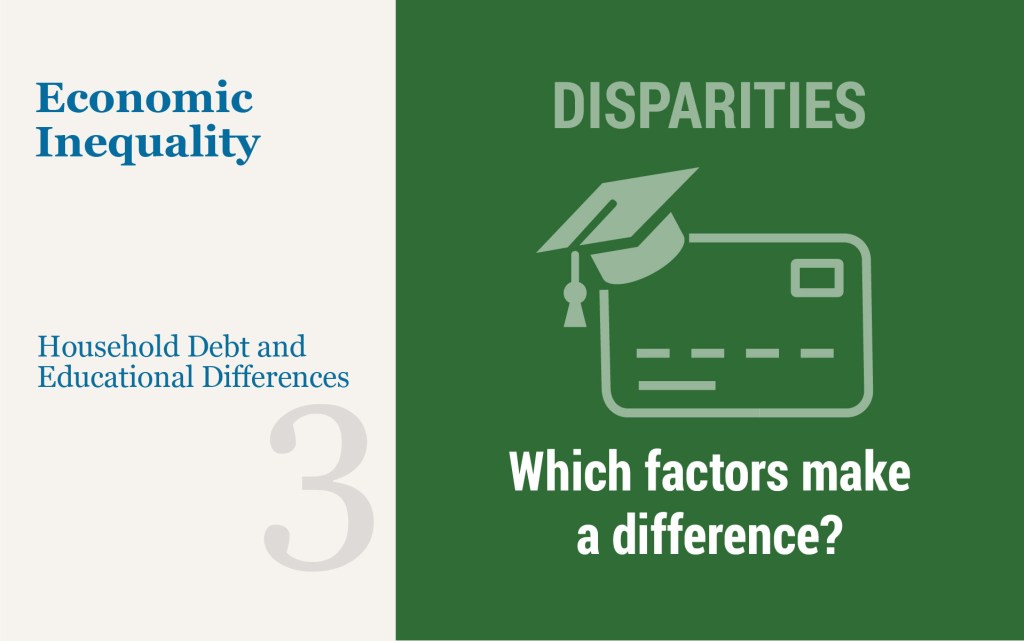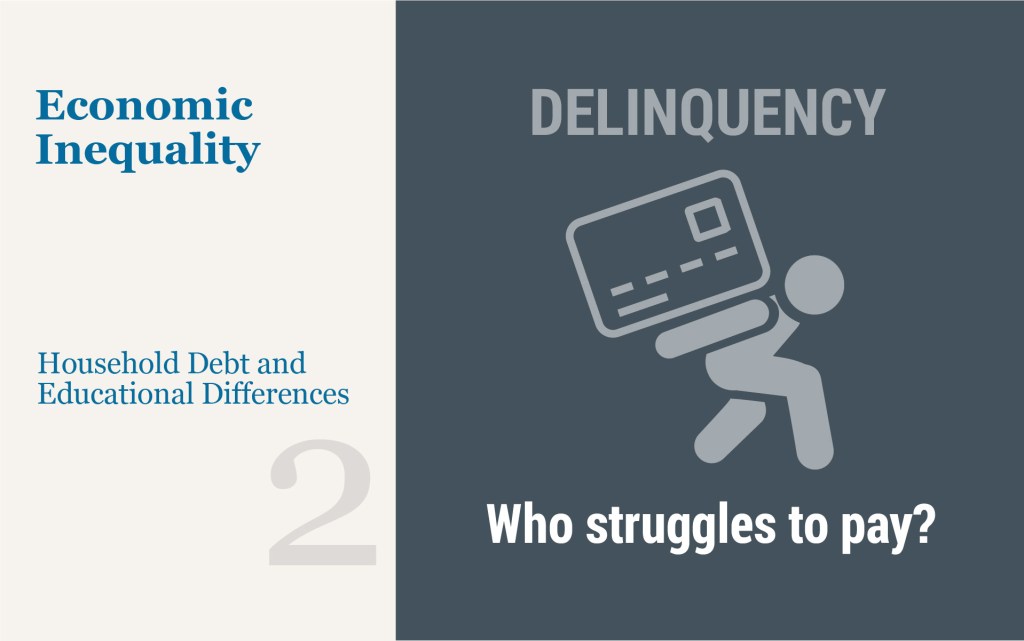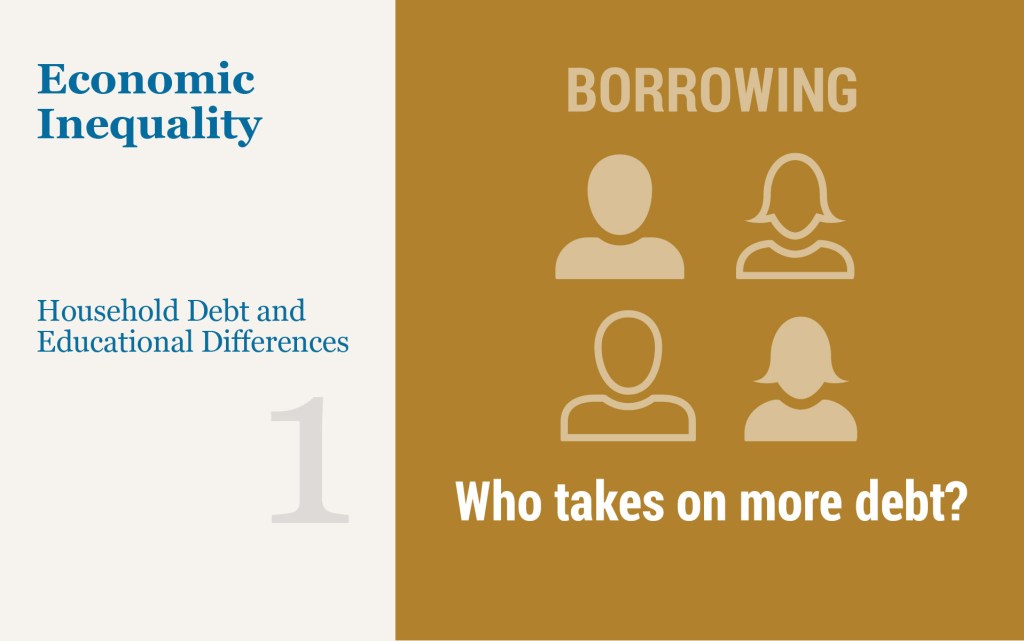The Term Spread as a Predictor of Financial Instability

The term spread is the difference between interest rates on short- and long-dated government securities. It is often referred to as a predictor of the business cycle. In particular, inversions of the yield curve—a negative term spread—are considered an early warning sign. Such inversions typically receive a lot of attention in policy debates when they […]
Is Higher Financial Stress Lurking around the Corner for China?

Despite China’s tighter financial policies and the Evergrande troubles, Chinese financial stress measures have been remarkably stable around average levels. Chinese financial conditions, though, are affected by global markets, making it likely that low foreign financial stress conditions are blurring the state of Chinese financial markets. In this post, we parse out the domestic component of a Chinese financial stress measure to evaluate the downside risk to future economic activity.
Preemptive Runs and the Offshore U.S. Dollar Money Market Funds Industry

In March 2020, U.S. dollar-denominated prime money market funds (MMFs) suffered heavy outflows as concerns about the COVID-19 pandemic increased in the United States and Europe. Investors redeemed their shares en masse not only from funds domiciled in the United States (“domestic”) but also from offshore funds. In this post, we use differences in the regulatory regimes of domestic and offshore funds to identify the impact of the redemption gates and liquidity fees recently introduced as part of MMF industry reforms in both the United States and Europe.
The Role of Educational Attainment in Household Debt and Delinquency Disparities

This post concludes a three-part series exploring the gender, racial, and educational disparities of debt outcomes of college students. In the previous two posts, we examined how debt holding and delinquency behaviors vary among students of different race and gender, breaking up our analyses by level of degree pursued by the student. We found that Black and Hispanic students were less likely than white students to take on credit card debt, auto loans, and mortgage debt, but experienced higher rates of delinquency in each of these debt areas by the age of 30. In contrast, Black students were more likely to take out student debt and both Black and Hispanic students experienced higher rates of student debt delinquency. We found that Asian students broadly followed reverse patterns from Black and Hispanic students by age 30. They were more likely than white students to acquire mortgages and less likely to hold student debt, but their delinquency patterns were in general similar to those of white students. Women were less likely to hold an auto loan or mortgage and more likely to hold student debt by age 30, and in most cases their delinquency outcomes were indistinguishable from males. In this post, we seek to understand mechanisms behind these racial and gender disparities and examine the role of educational attainment in explaining these patterns.
Unequal Distribution of Delinquencies by Gender, Race, and Education

This post is the second in a three-part series exploring racial, gender, and educational differences in household debt outcomes. In the first post, we examined how the propensity to take out household debt and loan amounts varied among students by race, gender, and education level, finding notable differences across all of these dimensions. Were these disparities in debt behavior by gender, race, and education level associated with differences in financial stress, as captured by delinquencies? This post focuses on this question.
Uneven Distribution of Household Debt by Gender, Race, and Education

Household debt has risen markedly since 2013 and amounts to more than $15 trillion dollars. While the aggregate volume of household debt has been well-documented, literature on the gender, racial and education distribution of debt is lacking, largely because of an absence of adequate data that combine debt, demographic, and education information. In a three-part series beginning with this post, we seek to bridge this gap. In this first post, we focus on differences in debt holding behavior across race and gender. Specifically, we explore gender and racial disparities in different types of household debt and delinquencies—for auto, mortgage, credit card, and student loans—while distinguishing between students pursuing associate’s (AA) and bachelor’s (BA) degrees. In the second post in this series, we investigate gender and racial disparities in delinquencies across these various kinds of consumer debt. We close with a third post where we try to understand some of the mechanisms behind differences in debt and delinquencies across gender and race.
Banking System Vulnerability through the COVID‑19 Pandemic

More than a year into the COVID-19 pandemic, the U.S. banking system has remained stable and seems to have weathered the crisis well, in part because of effects of the policy actions undertaken during the early stages of the pandemic. In this post, we provide an update of four analytical models that aim to capture different aspects of banking system vulnerability and discuss their perspective on the COVID pandemic. The four models, introduced in a Liberty Street Economics post in November 2018 and updated annually since then, monitor vulnerabilities of U.S. banking firms and the way in which these vulnerabilities interact to amplify negative shocks.
How Does Market Power Affect Fire‑Sale Externalities?

An important role of capital and liquidity regulations for financial institutions is to counteract inefficiencies associated with “fire-sale externalities,” such as the tendency of institutions to lever up and hold illiquid assets to the extent that their collective actions increase financial vulnerabilities. However, theoretical models that study such externalities commonly assume perfect competition among financial institutions, in spite of high (and increasing) financial sector concentration. In this post, which is based on our forthcoming article, we consider instead how the effects of fire-sale externalities change when financial institutions have market power.
Credit Card Trends Begin to Normalize after Pandemic Paydown

Today, the New York Fed’s Center for Microeconomic Data released its Quarterly Report on Household Debt and Credit for the third quarter of 2021. Overall debt balances increased, bolstered primarily by a sizeable increase in mortgage balances, and for the second consecutive quarter, an increase in credit card balances. The changes in credit card balances in the second and third quarters of 2021 are remarkable since they appear to be a return to the normal seasonal patterns in balances. In a Liberty Street Economics post earlier this year we wrote about some demographic variation in these balance changes and the likely role of stimulus checks and forbearance programs in helping borrowers pay down expensive revolving debt balances. Here, we’ll take a fresh look at credit card balances and at the dynamics behind new and closing credit card accounts and limit changes, to examine how credit access and usage continue to evolve. The Quarterly Report and this analysis are based on our Consumer Credit Panel, which is itself based on Equifax credit data.
High Import Prices along the Global Supply Chain Feed Through to U.S. Domestic Prices

The prices of U.S. imported goods, excluding fuel, have increased by 6 percent since the onset of the COVID-19 pandemic in February 2020. Around half of this increase is due to the substantial rise in the prices of imported industrial supplies, up nearly 30 percent. In this post, we consider the implications of the increase in import prices on U.S. industry inflation rates. In particular, we highlight how rising prices of imported intermediate inputs, like industrial supplies, can have amplified effects through the U.S. economy by increasing the production cost of goods that rely heavily on these inputs.










 RSS Feed
RSS Feed Follow Liberty Street Economics
Follow Liberty Street Economics